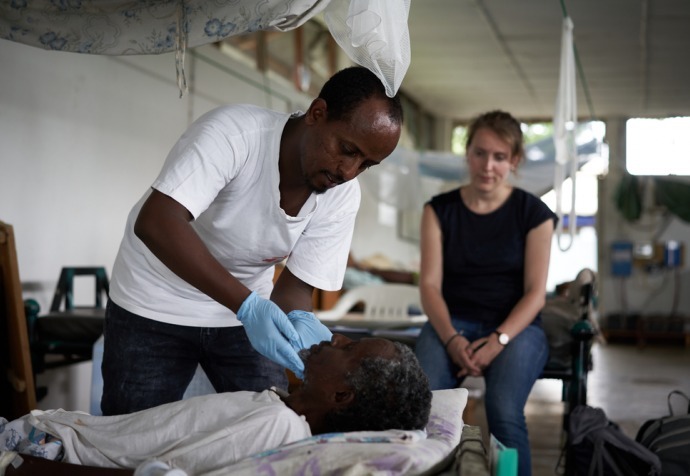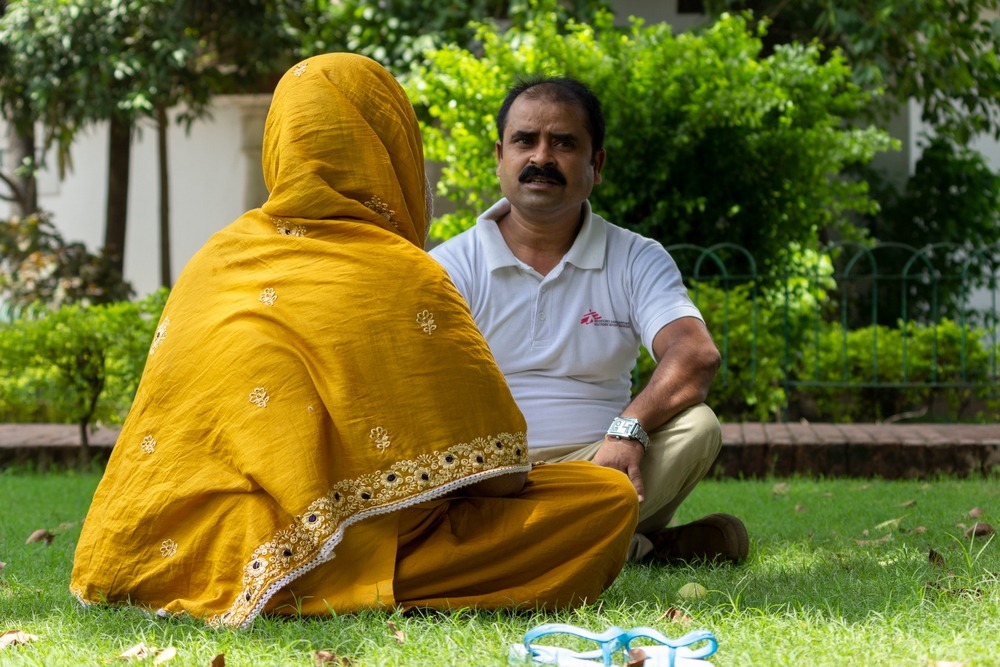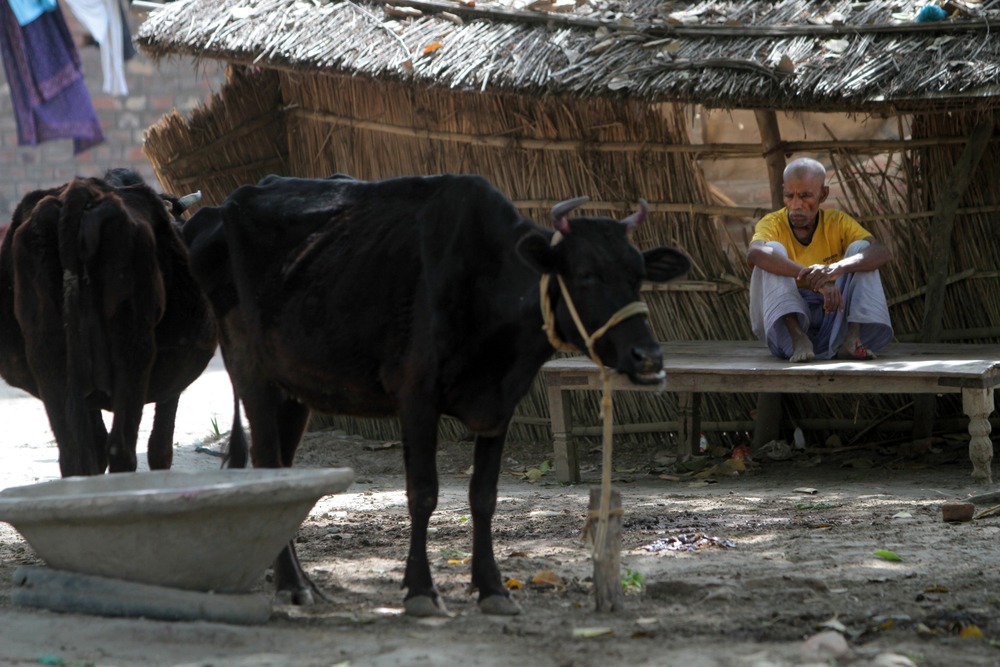MSF has been diagnosing and treating kala azar in Bihar, where the disease is endemic, since 2007. But a form of coinfection is on the rise. “In the last decade, there has been a sea of change: we can now imagine the possibilities of kala azar elimination in India,” says Chhavi Kumar, MSF health promoter. “But as cases of the disease steadily decline, kala azar-HIV coinfection is becoming a serious threat.” Teams responded to this threat by launching a project in 2015 to provide diagnosis, treatment and social support for people with kala azar-HIV.
Both kala azar and HIV weaken the immune system, meaning a person with one disease is more susceptible to developing the other. In the case of kala azar-HIV coinfection, the two conditions reinforce each other, leaving the person vulnerable to other opportunistic diseases like TB, malaria and dysentery. Rates of mortality and treatment failure are much higher than in patients with only kala azar. Many patients come to the clinic in critical condition, with low C4 counts (associated with autoimmune disorders) and difficulty breathing. Patients are treated with liposomal amphotericin B over a period of 38 days. For complicated cases with multiple relapses, the team is trialling several combinations of treatments.



